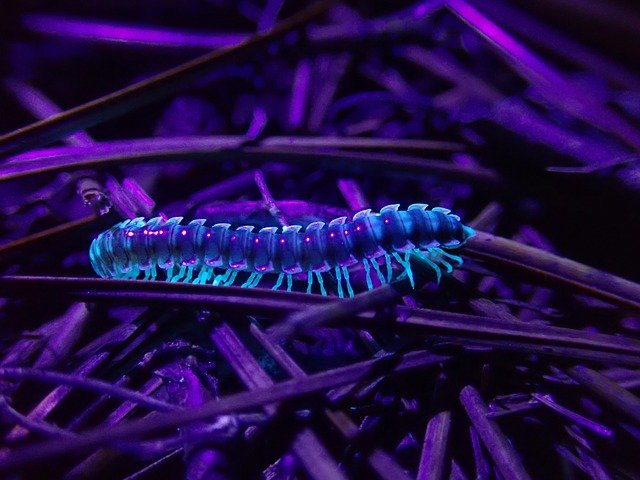
Developed at Bavaria’s Friedrich-Alexander-Universität Erlangen-Nürnberg (FAU), the device uses off-the-shelf hardware combined with novel algorithms to provide spatial, temporal and spectral resolutions. It is the addition of the last of these – the spectral wavelength of colours – that promises both to enhance human perception as well as improve the performance of cameras used in autonomous vehicles, drones and imaging systems. The work appears in IEEE Transactions on Image Processing.
“Research up to now has mainly focused on increasing spatial and temporal resolution, which means the number of megapixels or images per second,” explained Dr Jürgen Seiler, an electrical engineer at the Chair of Multimedia Communications and Signal Processing at FAU.
“Spectral resolution - the wavelength and thus the perception of colours - has largely been adjusted to match human sight during the development of cameras, which merely corresponds to measuring the colours red, green, and blue. However, much more information is hidden in the light spectrum that can be used for a wide range of tasks. For example, we know that some animals use additional light spectra for hunting and searching for food.”
Seiler and his team connected several inexpensive standard cameras with various spectral filters to form a multi-spectral camera array. They then merged the different spectral data from each camera to detect not only the colour and shape of objects, but also their material properties via their wavelength. Being a multi-sensor array, the spectral camera delivers excellent depth detection, making autonomous driving an obvious potential application.
“A whole range of solutions to various problems has now opened up thanks to our new technology,' said Seiler. “In the infrared range, for example, we can differentiate between real people and signposts using the thermal signature. For night driving, we can detect animals crossing the road with sufficient warning.”
Another possible use for the camera is the identification and separation of varying plastics in the recycling process. Different plastics can have significantly different wavelengths yet be difficult to distinguish by sight. The spectral camera could help automate sorting and avoid recyclable plastics going to landfill or being burned.




Poll: Should the UK’s railways be renationalised?
The term innovation is bandied about in relation to rail almost as a mantra. Everything has to be innovative. There is precious little evidence of...